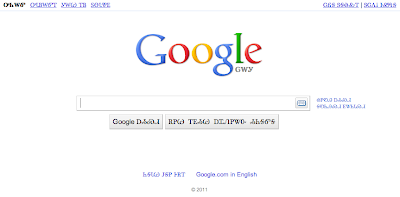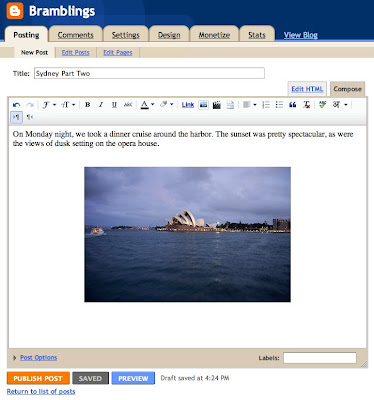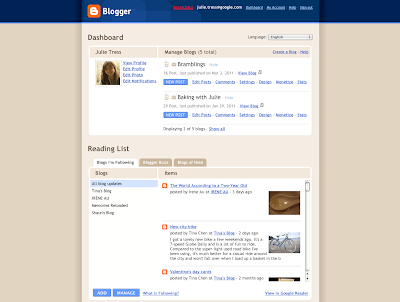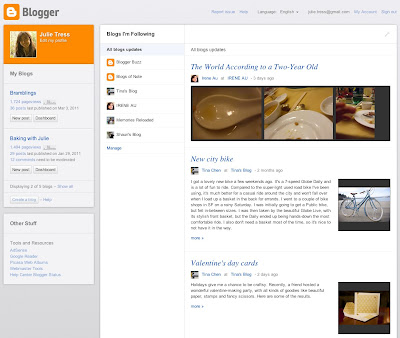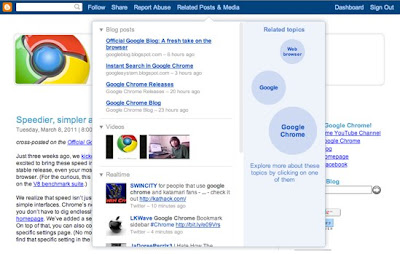it's possible now:
goto https://www.google.com/bookmarks/ and search from there and YES your Chrome Bookmarks are included in the search's results!
and that's the blogpost telling about this new option:
=======================================
Until recently, Google Bookmarks and Chrome Bookmarks were two separate features that didn't speak the same language. Even if you could save your Chrome bookmarks to a Google account, they weren't saved to Google Bookmarks. For some reason, your bookmarks are available in a special Google Docs folder.
Chrome bookmarks have a web interface, but it's likely that the obvious will happen: Chrome bookmarks could be saved to Google Bookmarks. Jérôme Flipo noticed that the Google Bookmarks OneBox already includes Chrome bookmarks. I've tried to find SmallNetBuilder.com and Google's OneBox returned it even if it was starred in Chrome, not in Google Bookmarks.


Related Links by Google
New Chrome Logo
Google Toolbar 8, Powered by Google Chrome
What's New in Chrome 10?
7 Chrome Annoyances and How to Fix Them
source cited: http://googlesystem.blogspot.com/2011/03/chrome-bookmarks-integrate-with-google.html
